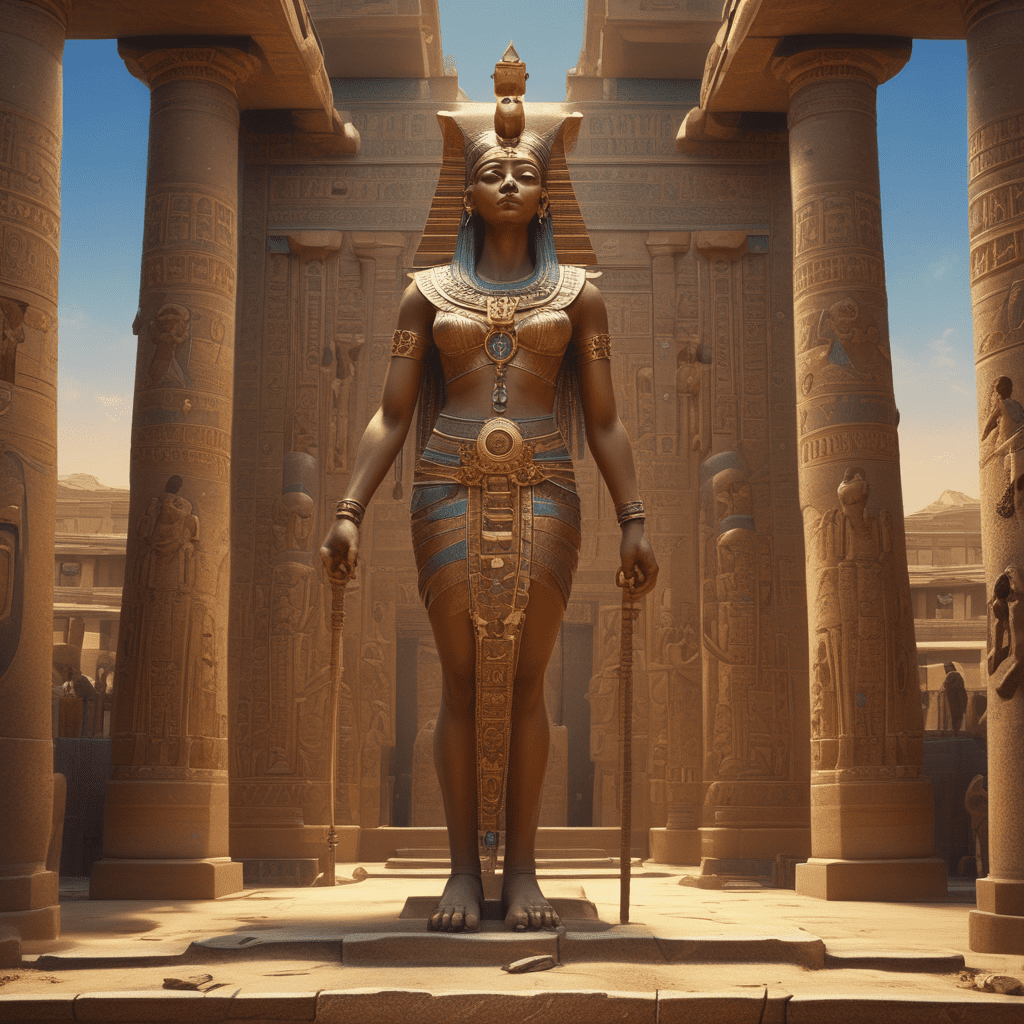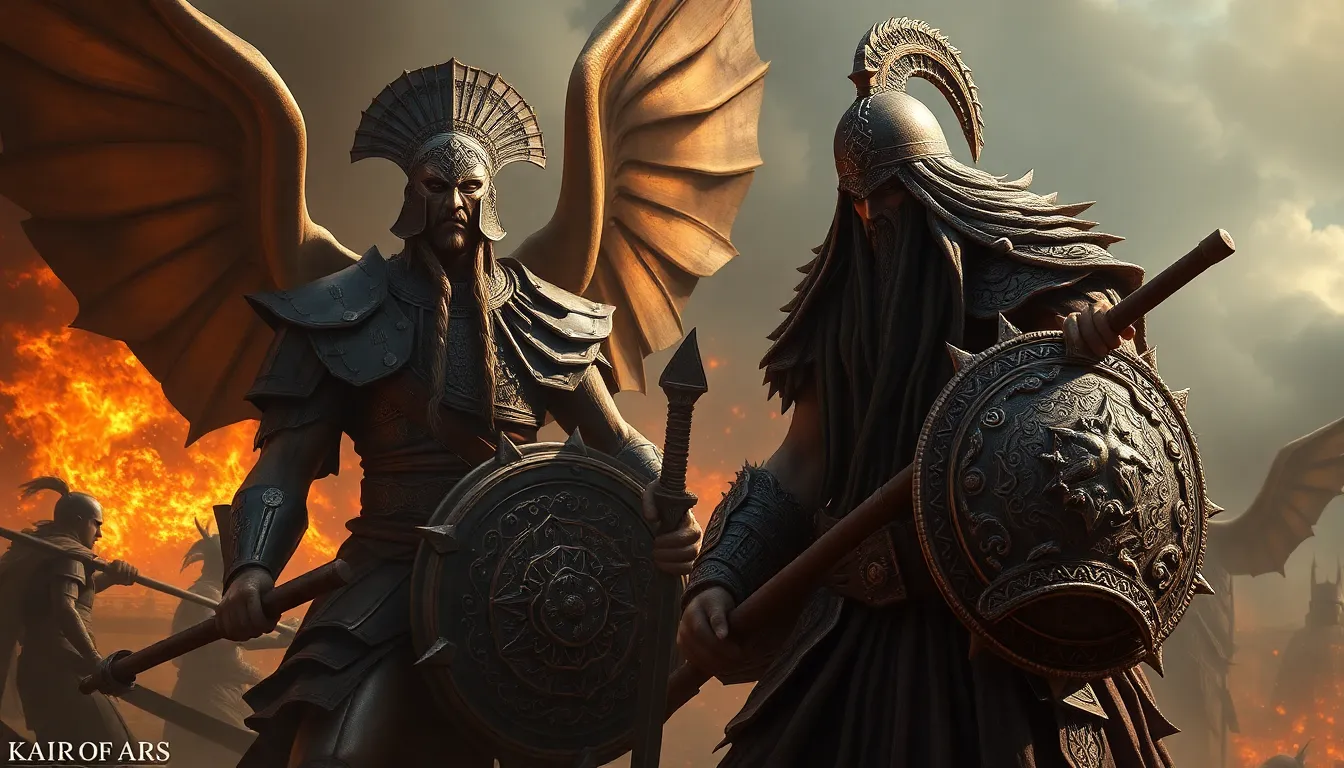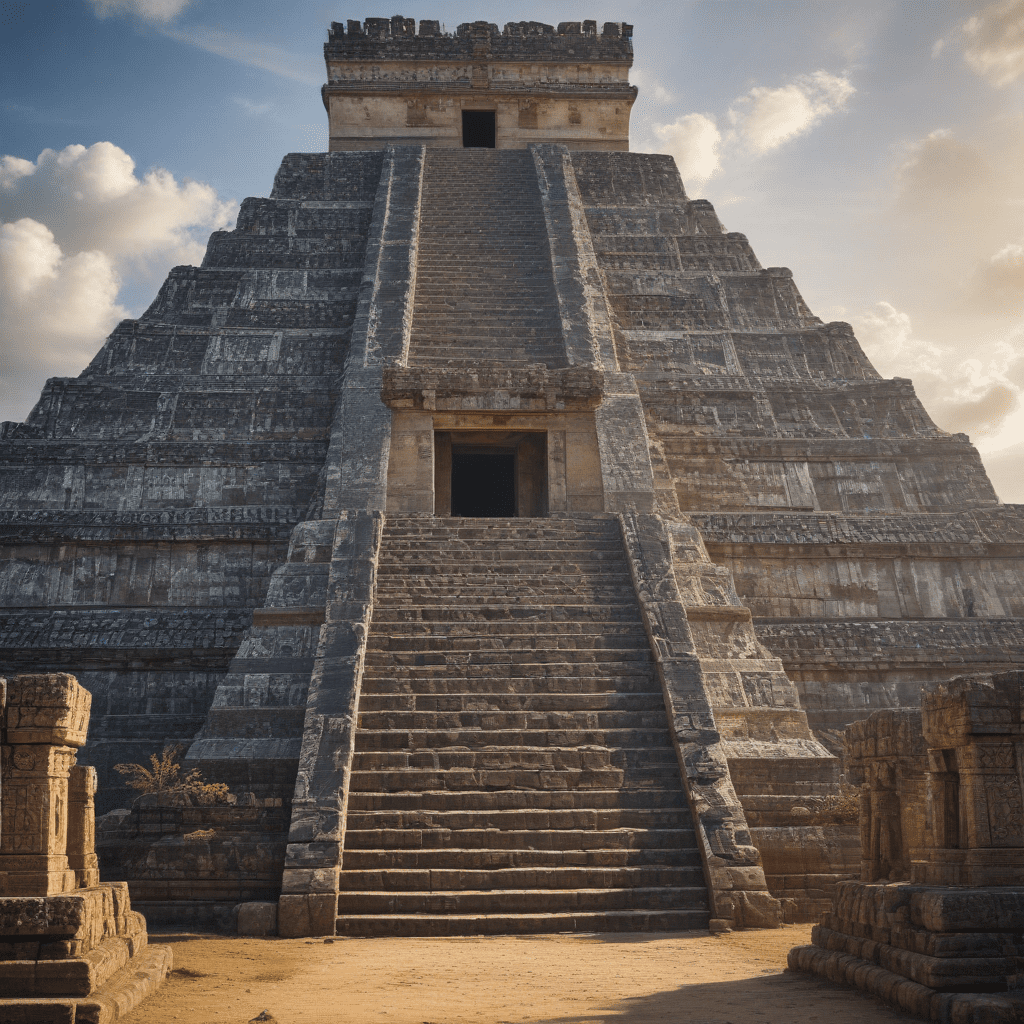The Myth of the Goddess Tefnut in Ancient Egypt
Introduction to Tefnut
In Egyptian mythology, Tefnut is revered as a prominent deity, representing moisture, rain, and dew. According to ancient Egyptian belief, Tefnut is one of the earliest gods of the creation myth and played a crucial role in shaping the world.
The Legend of Tefnut
Tefnut is commonly associated with being the daughter of the sun god Ra. She is often depicted as a lioness or as a woman with a lioness head, symbolizing both power and ferocity. Tefnut, along with her twin brother Shu, are considered to be primeval cosmic forces.
According to the Egyptian lore, Tefnut once left Egypt in a rage, disturbed by the behavior of humanity. Her absence resulted in chaos engulfing the land, prompting Ra to send Thoth, the god of wisdom, to bring her back. Thoth was successful in persuading Tefnut to return to Egypt, restoring balance and order.
Symbolism and Significance of Tefnut
Tefnut embodies crucial aspects of nature, including water and fertility. She is often depicted with a solar disk on top of her head, denoting her connection to the sun god Ra. As a primordial goddess, Tefnut’s presence is essential to maintaining cosmic harmony and balance in the Egyptian mythological narrative.
The lioness symbolism associated with Tefnut also highlights her protective and fierce nature, illustrating her role in guarding the divine order of the universe. Furthermore, her association with moisture underscores the vital role of water in sustaining life and fertility in ancient Egypt.
Legacy of Tefnut
Even today, the legacy of Tefnut endures, symbolizing the essential forces of nature and the significance of maintaining balance and order in the world. Her story serves as a reminder of the intricate mythological beliefs of ancient Egypt and the profound role played by female deities in Egyptian cosmology.
In conclusion, the myth of the goddess Tefnut in ancient Egypt offers valuable insights into the cultural and religious significance of this formidable deity. Through her representation of moisture, power, and fertility, Tefnut continues to captivate and intrigue individuals seeking to understand the mystical world of Egyptian mythology.

FAQ About the Myth of the Goddess Tefnut in Ancient Egypt
Who is Goddess Tefnut in Ancient Egyptian Mythology?
Tefnut is a prominent goddess in Ancient Egyptian mythology, associated with moisture, rain, and fertility. She is usually depicted as a lioness-headed woman, symbolizing power and ferocity.
What is the Role of Goddess Tefnut in Egyptian Mythology?
Goddess Tefnut is believed to be one of the first deities created by the sun god Ra. She represents the primal essence of moisture, linked to the concept of life-giving water and the sustaining force of nature.
Is Goddess Tefnut Associated with any Symbols or Animals?
Tefnut is often depicted with the lioness head, symbolizing her fierce and protective nature. Additionally, she is associated with the lioness, demonstrating strength and royalty in Egyptian culture.
What are the Main Myths or Stories Involving Goddess Tefnut?
One prominent myth involving Tefnut is her temporary departure from Egypt due to a dispute with her father Ra. This absence led to chaos until she was brought back, restoring order and balance to the land.
How is Goddess Tefnut Revered in Ancient Egyptian Society?
In Ancient Egypt, Tefnut was venerated for her role in maintaining the cyclical



